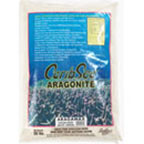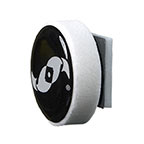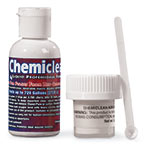
Additional locales and sizes may be available!
Additional locales and sizes may be available! Email me when availableQuick Stats
What do these Quick Stats mean? Click here for more information
What do these Quick Stats mean? Click here for more information
Overview
PLUS, hobbyists that use our LiveAquaria® Professional Reef Salt have the added benefit knowing marine species shipped from our LiveAquaria® Wisconsin Facility share the same water parameters. In other words, if you use our Professional Reef Salt, marine species shipped from our Wisconsin Facility will acclimate and transition to your home aquarium with less stress to set the foundation for longer term success.
The Tiger Cowrie has an egg-shaped, spotted, glossy shell and is in high demand for the rock aquarium. It differs in color depending upon geographical location. While it does not have an operculum to shut when it retracts its mantle into its shell, the opening is lined with "threatening" tooth-like structures. Normally, the mantle will completely cover its shell unless it feels threatened. This helps it keep its lustrous white and brown mottled coloration, while its mantle will appear like a fingerprint of black and gray, with many short papillae over the surface.
In the wild, it can be found under rocks or resting on soft corals during the day, foraging for food mostly at night. The Tiger Cowrie prefers a rock aquarium with hiding places. While small, it will eat some algae and scavenge for scraps, but as an adult, it will eat some anemones, sponges, and soft corals, and is best housed with starfish, sea urchins, and tubeworms in the reef aquarium. Do not house it with Condylactis sp. It needs low nitrate levels and will not tolerate copper-based medications.
The diet of a large Tiger Cowrie should be supplemented with pieces of fish and mussel.
Approximate Purchase Size: Small: 1" to 2"; Medium: 2" to 3"; Large: 3" to 4"









